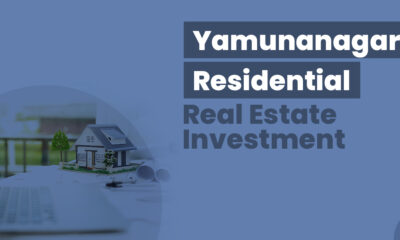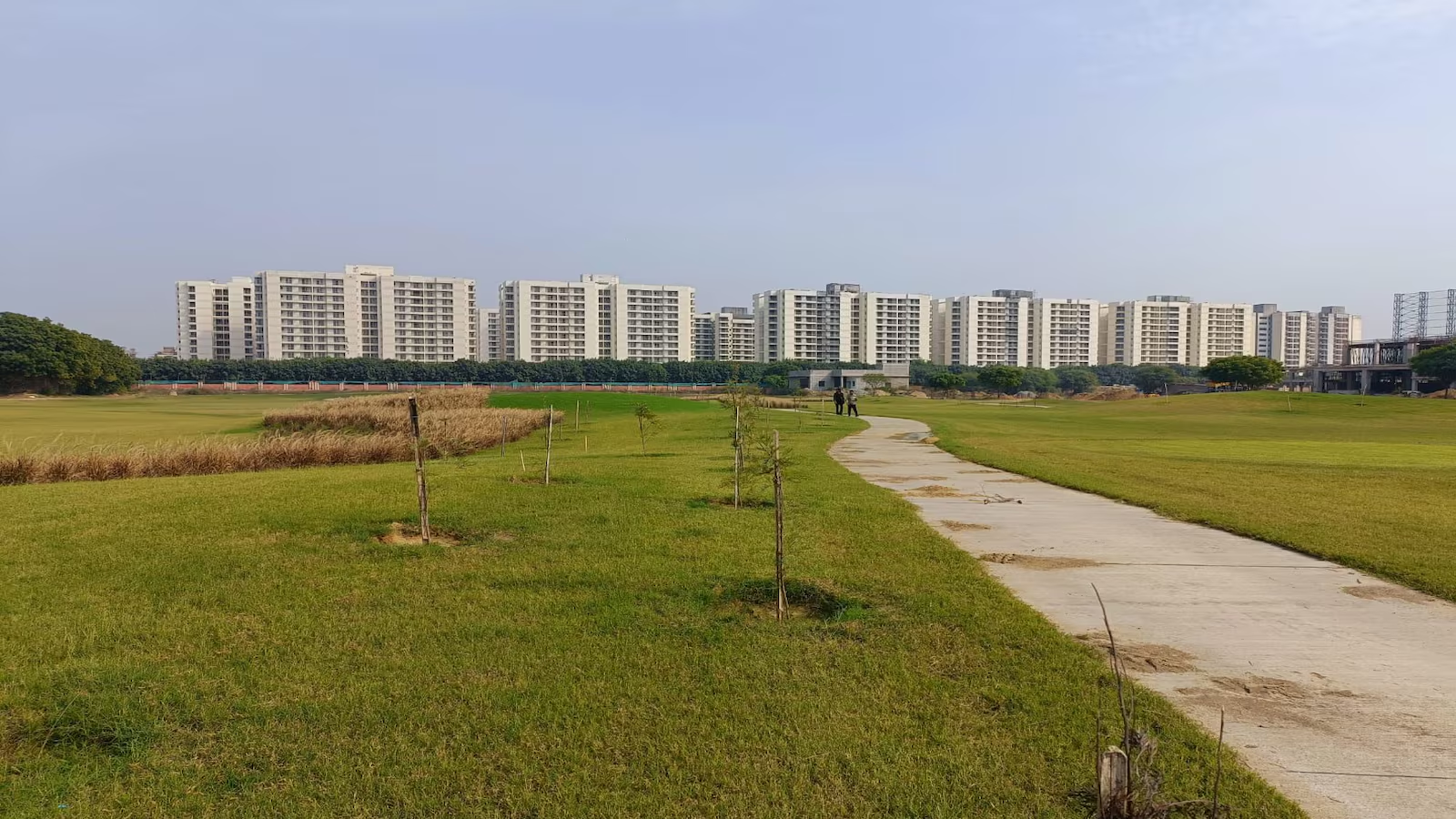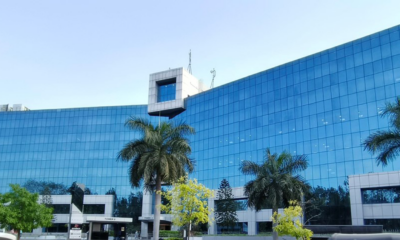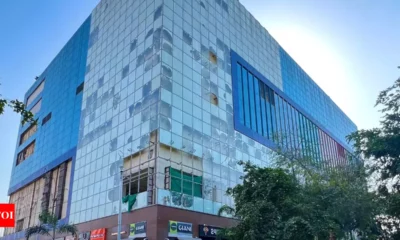Guest Column
5 Alternative Investment Option(s) in Real Estate in India that can give great returns




By: Sahil Kapoor (National Head- 360 EDGE)
Traditionally, Indian real estate has always been an investor favourite. The tangible nature of assets, attractive appreciation potential, plenty of rebate options in Income Tax, and recurrent rental income have drawn the interest of the Investor class in large volume.
As the economy is once again resurging after a decline due to the pandemic, real estate is also gaining a lot of momentum. The recent fragility in the crypto & financial markets has further reaffirmed the importance of hard assets such as real estate.
Meanwhile, the scope of real estate is vast, and investing in the market does not imply being limited to housing, office, and retail assets. There are numerous alternate asset types have emerged in recent years and can give great returns to discerning investors.
Here is the list of the top 5 alternate investment assets that one should look into –
SCOs: Due to its large ticket size, SCO might not be apt for all investors, it can still shun most of the other categories in terms of yield potential. This is one of the reasons, big developers such as Spaze, M3M, Raheja, etc. are coming up with new SCO properties. By investing in SCO one can earn a yield up to 25% annually, which virtually means double down in your investment in 4 years. The rental yields are also attractive and mostly in the range of 5-6%. In times to come, SCOs will continue to be one of the major attractions in Indian real estate.
Nature Resorts: Ecotourism and nature resorts after the pandemic is no more just a niche segment but are now becoming mainstream. From mountains in the Himalayas to the coastlines interspersed with palm trees to the beautiful lush green villages of Konkan, the demand for eco-resorts, nature & wellness hotels, gated homestays, etc. is picking up fast. After the pandemic people want to periodically shun congested urban living and spend some quality amidst tranquil forests and rural backyards. Good properties are now enjoying average annual occupancy to the tune of 60-75%. During the extended weekend, most nature and wellness resorts operate for more than 100% occupancy. The average rental yield in such assets can be in the range of 7-8%. This is indeed a very prudent and smart investment in the current times.
Farmhouses and Gated Villas: Just like wellness hotels & nature resorts other assets such as farmhouses, second homes, gated villas, etc. are becoming very popular. They are no more just about being a status symbol for the super-rich. Increasingly amidst hybrid and remote working culture, farmhouses are used for workations and weekend gateways. They offer a great opportunity to bond with nature, relax the body, and rejuvenate the mind. Besides regular farmhouse hotbeds such as Ooty, Nainital, Dehradun, Mussorie, Goa, Konkan belt, Sindhudurg, Vizag, etc, urban peripheries are also becoming playing ground for developing high-quality farmhouse communities. Big Developers such as Tata Housing, Kalpataru, Axon, etc. have also entered the space, which will significantly improve the supply lines in the foreseeable future.
Fractional Ownership: The concept of fractional ownership is becoming popular in India just like other major Asian economies such as Hong Kong, Singapore, Malaysia, etc. Even if someone has a limited investment bandwidth, they can still own Grade-A properties in prime commercial locations and make rental yields in the range of 8-10%. Big developers are also giving a sizable portion of their projects for fractional ownership. Investing in fractional assets also mitigates risk and is a smart diversification strategy.Warehouses: Owning a logistic property such as a warehouse can be a viable investment decision as one can make good returns. The pandemic has given a momentous push to digital commerce in India. The Indian e-commerce industry is presently pegged at ~ USD 50 billion and is expected to reach USD 350 billion by 2030. This will steer demand for warehouses, cold storage, dark stores, retail service centers, etc.
-



 News3 weeks ago
News3 weeks agoKW Delhi 6 Mall Onboards New Brands
-



 News4 weeks ago
News4 weeks agoManasum Senior Living Launches IKIGAI GOA, A Senior Living Community in North Goa, in collaboration with Prescon Homes
-



 News2 weeks ago
News2 weeks agoGodrej Properties Sells Rs 3k cr+ Homes of Godrej Zenith, Gurugram, within 3 days
-



 News4 weeks ago
News4 weeks agoBridging India Divide: Top 5 Tier- 2 Cities to Focus On
-



 News3 weeks ago
News3 weeks agoCommercial Realty Gets Tech Savvy: Fast Construction, Enhanced Convenience
-



 News4 weeks ago
News4 weeks agoMultipoint Connection – A Definite Boon
-



 News3 weeks ago
News3 weeks agoRBI’s Status Quo on Key Policy Rates to Help Maintain the Real Estate Growth Momentum, Say Industry Stalwarts
-



 News1 week ago
News1 week agoOlive Announces Dhruv Kalro as Co-Founder

















